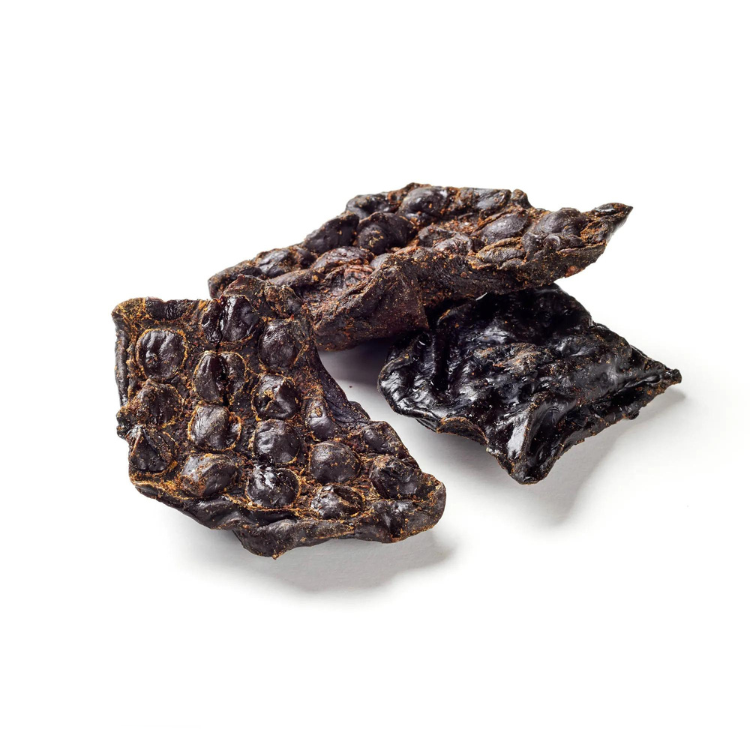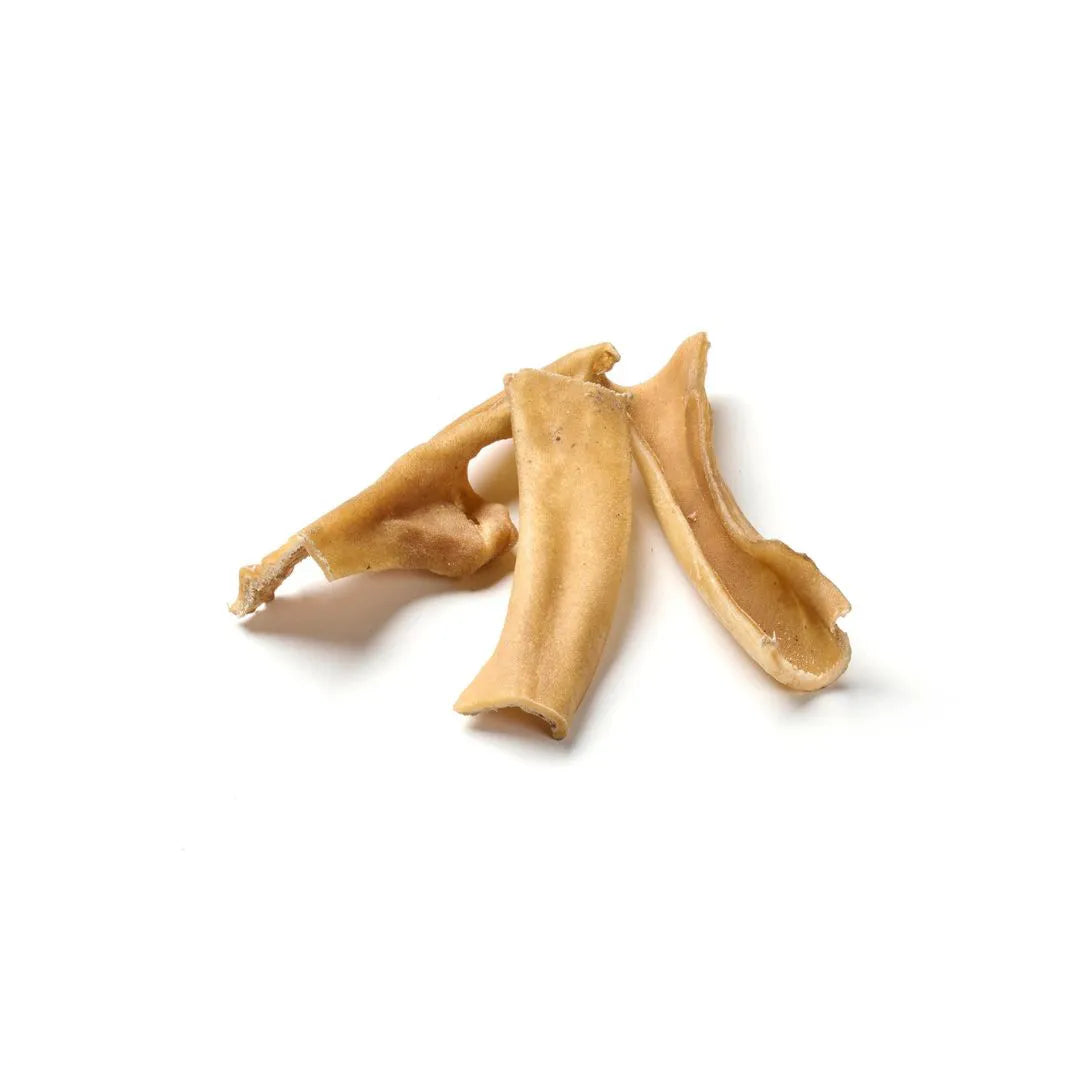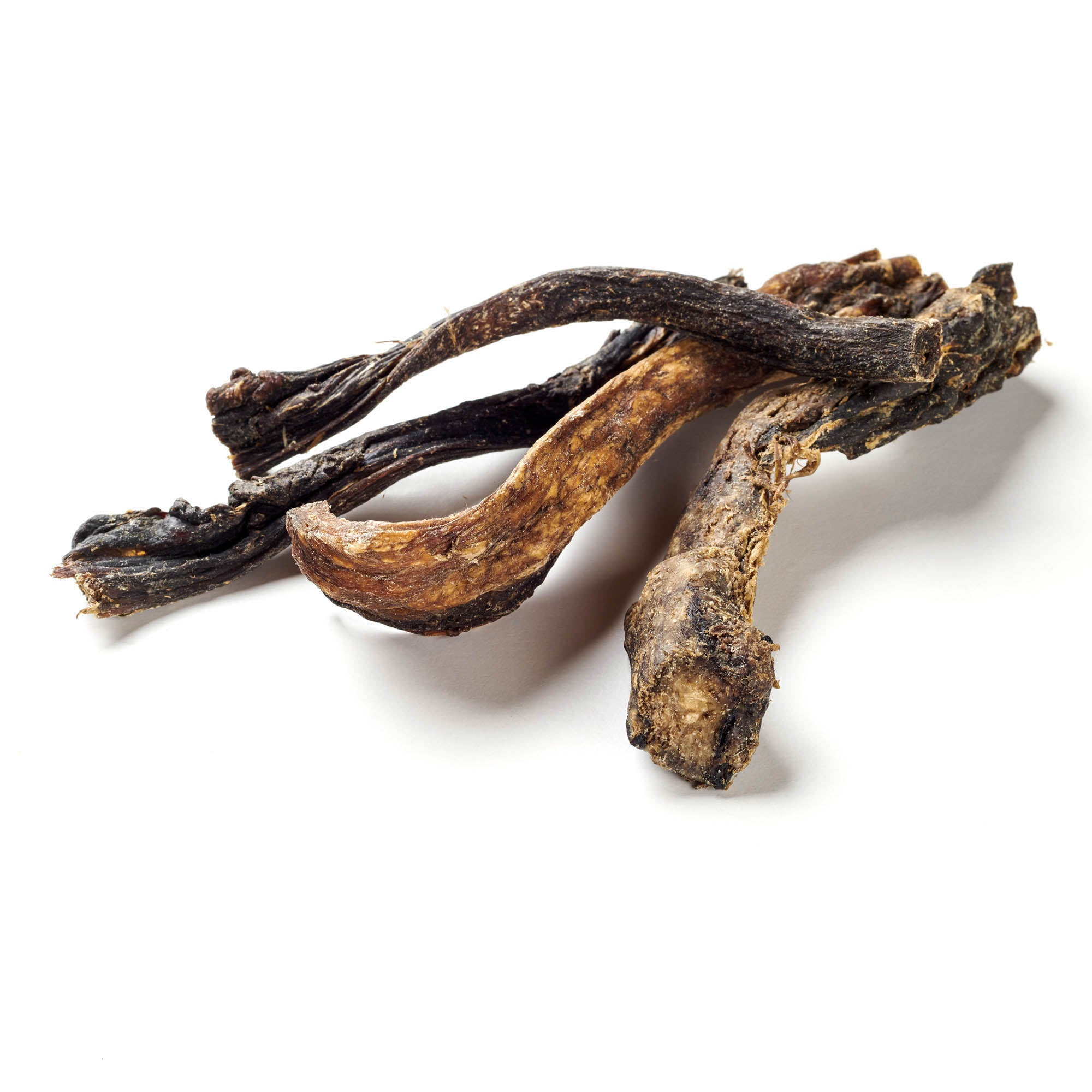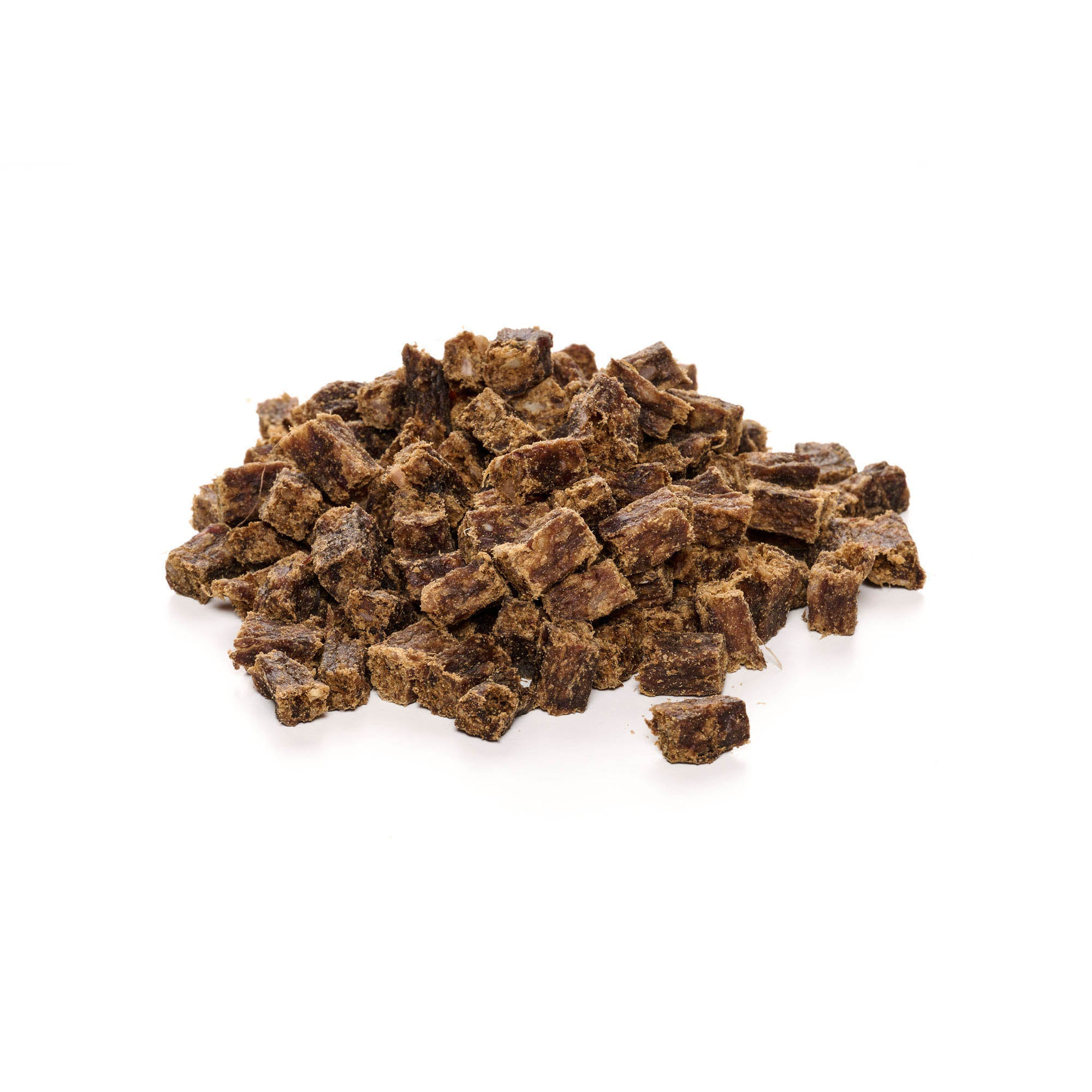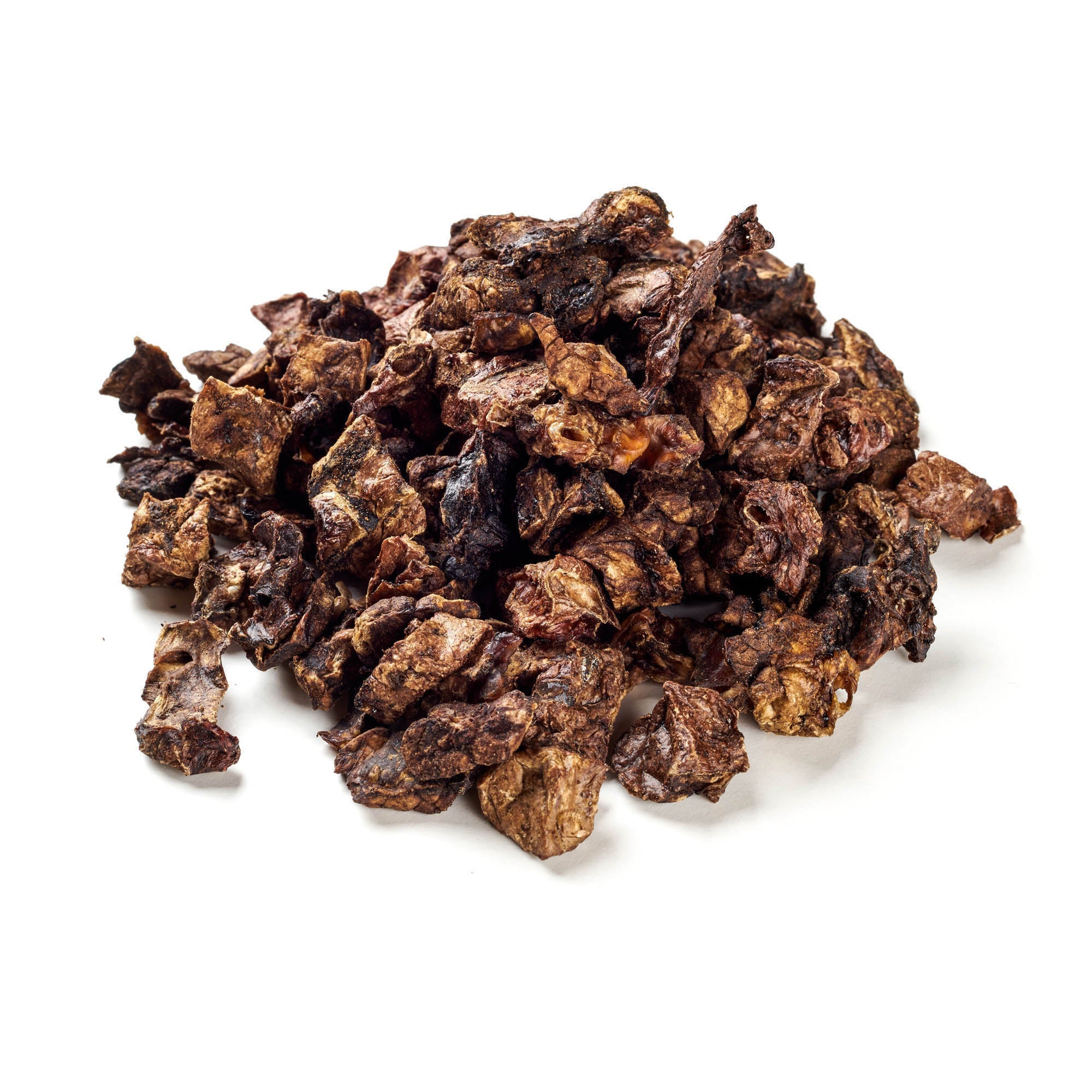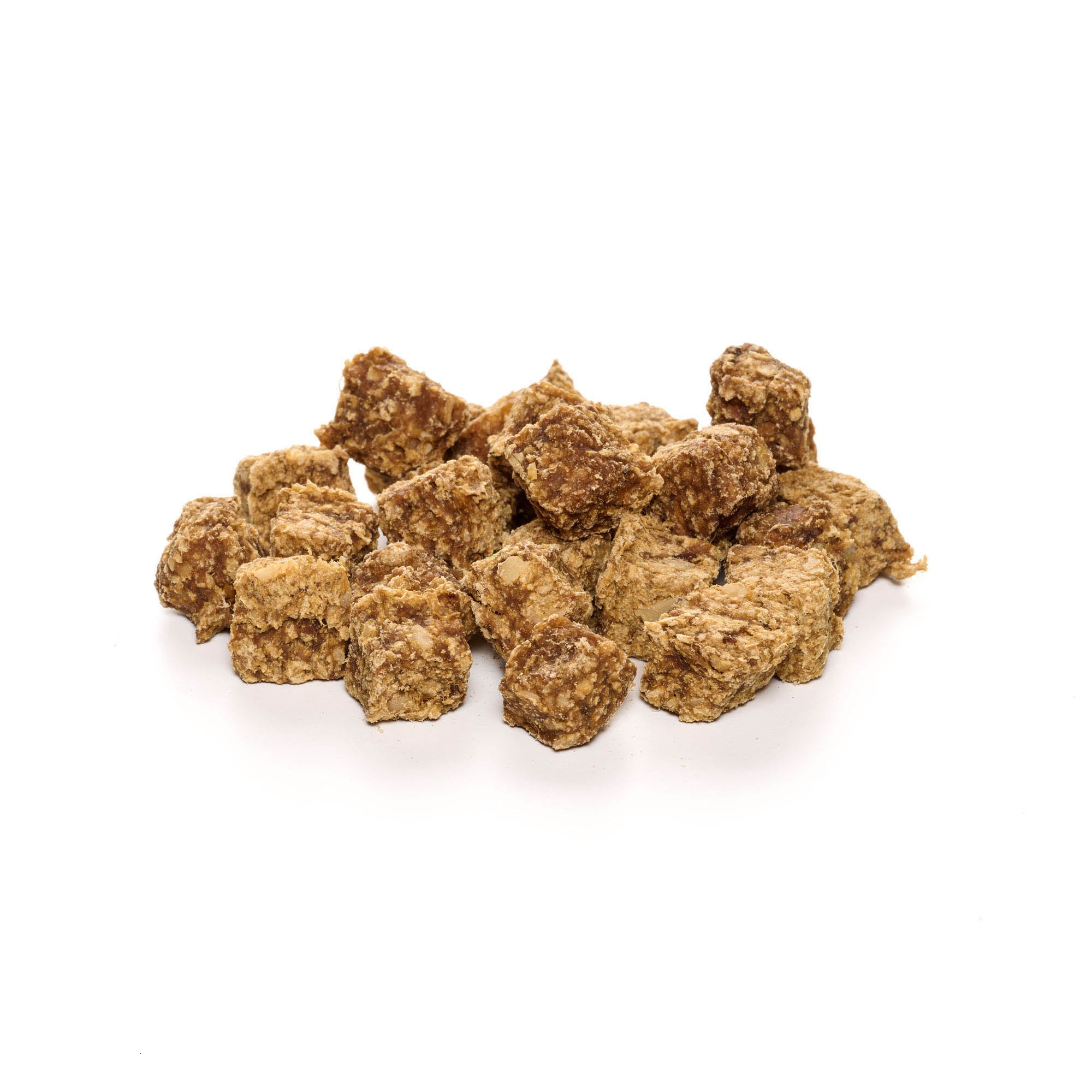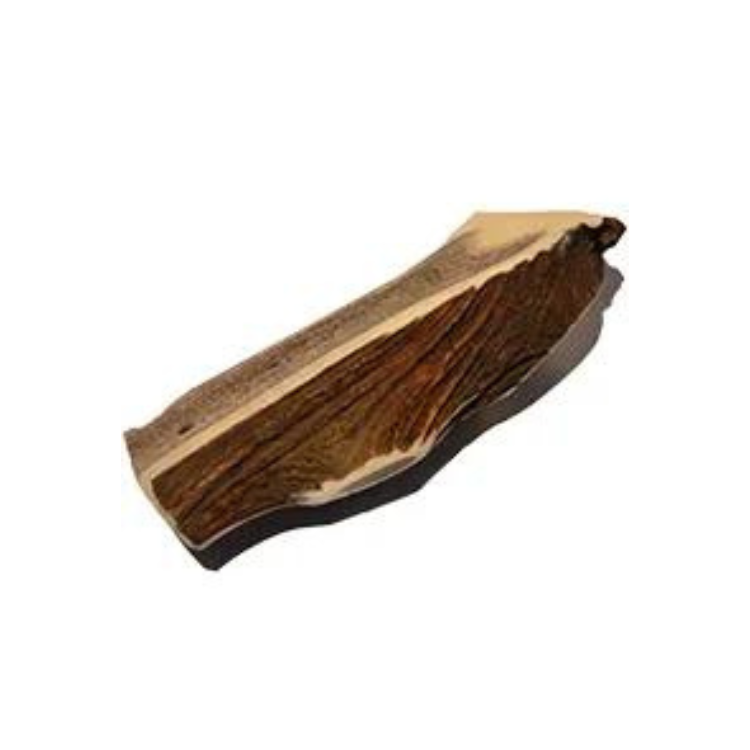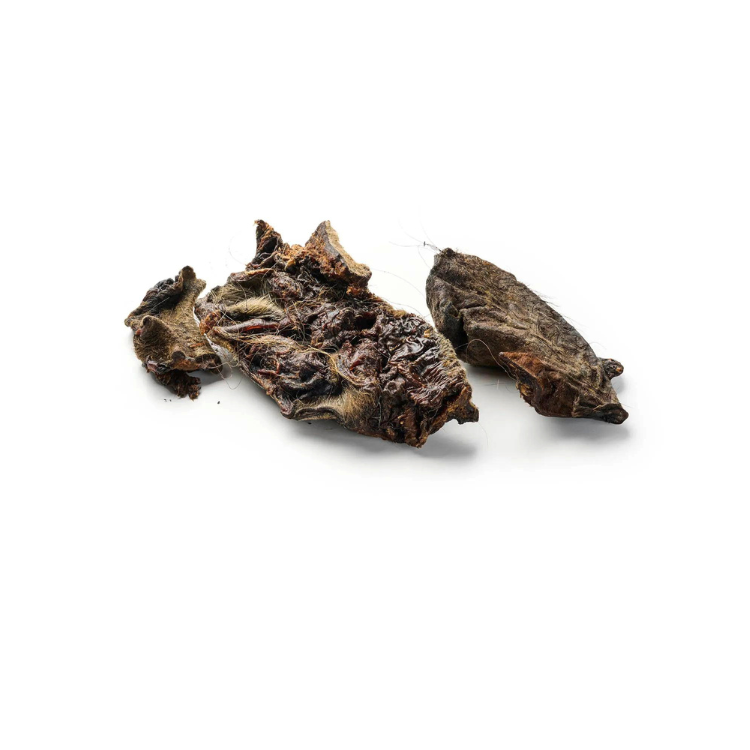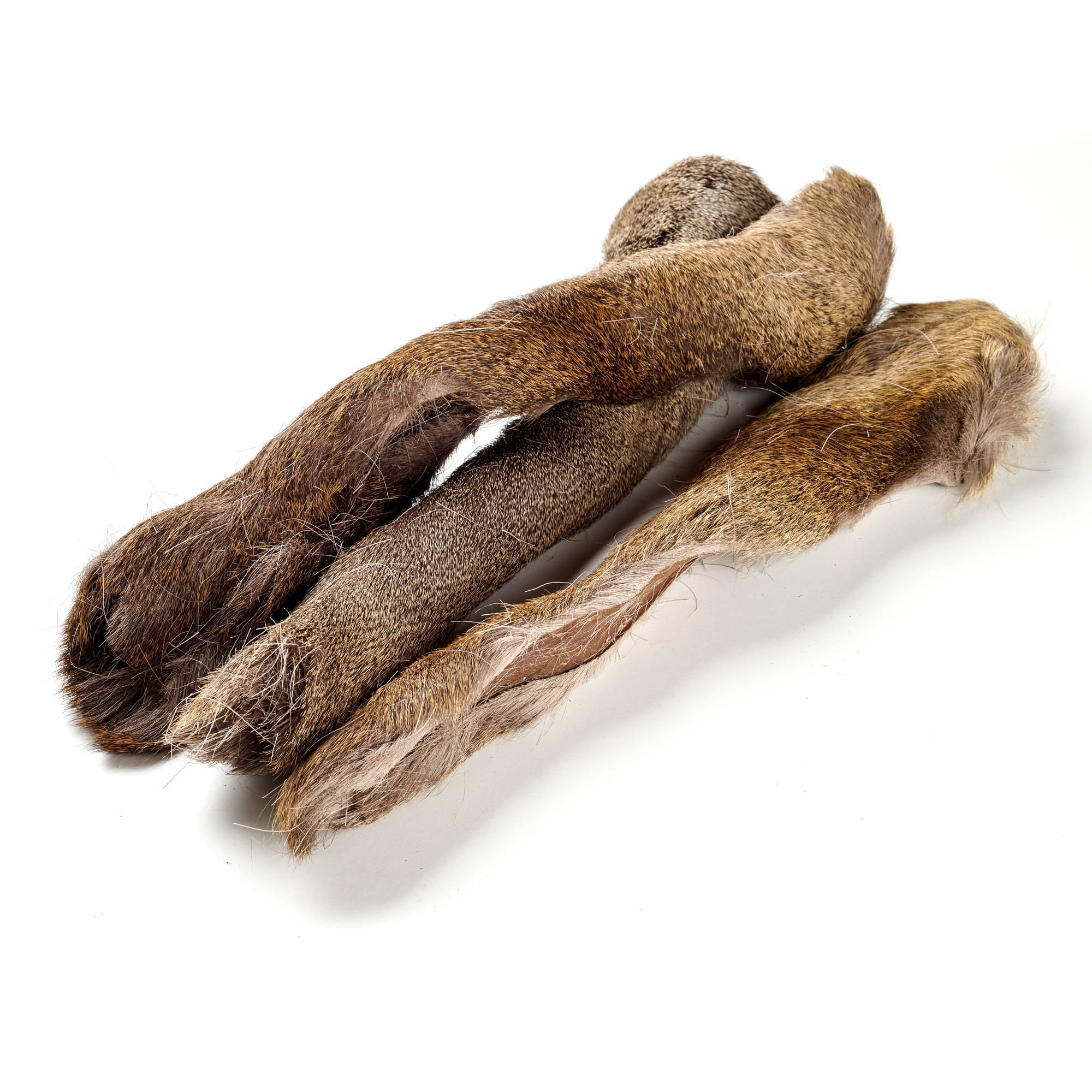
First aid for dogs - what you should know
Share
It's a nightmare for every dog owner: your loyal companion suffers from heat stroke, injures himself on a piece of broken glass, is hit by a vehicle or is involved in a similarly serious accident. But how do you deal with such situations? What should you do if your dog injures itself while walking or playing? It's crucial to know how to react correctly and what professional first aid for your dog looks like.
Treat your dog to something special with our chew products!
First aid for dogs - General behavior
First aid for dogs - There are three basic rules that should be followed in any emergency situation. Every incident is unique, but regardless of the situation, it is crucial to remain calm first. This will reassure the dog and help them not to panic. In addition, it is essential to contact a vet immediately after an accident and provide them with all relevant information. The vet can give you additional helpful advice on first aid for dogs.
Therefore, it is very important to always have the exact address and telephone number of your veterinarian at hand. The protection of all persons involved in providing first aid to the dog is a top priority. For this reason, a muzzle should be placed on the dog for safety reasons. However, note that muzzles or muzzles are not appropriate in cases of poisoning or vomiting of the dog. In addition, the dog should always be kept on a leash to ensure that it does not escape.
Emergencies can come in different forms. While we are often immediately alarmed when there is severe bleeding, emergencies can also be less obvious. Therefore, it is crucial to know the most common emergency situations and their symptoms and to always have a first aid kit on hand. In our article, we have summarized the most important information on first aid for dogs for you.
High-quality dog chews for your faithful companion can be found here!
First aid for dogs - Heavy bleeding
After cleaning the wound, make sure to reveal its true size. In dogs with thick fur, such as the Saint Bernard or the Collie , it may be useful to remove the fur around the wound, although this is not a top priority. The most important thing is to disinfect the wound as quickly as possible with a sterile compress or wound disinfectant. Then try to stop the bleeding by applying gentle pressure with a clean cloth or compress. If this fails, a cooling pad can be placed on the affected area, and only if no other option is available should a pressure bandage be applied. It is important to act calmly and cautiously in such situations to give the dog much-needed reassurance.
First aid for dogs - broken glass & cuts
Outside, there is always the danger that dog paws will come into contact with broken glass bottles or rusty nails, which can be painful traps for delicate paws. Cuts or open wounds on the paws are unfortunately not uncommon when walking. In such situations, it is important to provide the dog with first aid immediately. The open wound should be rinsed thoroughly with clean water and cleaned of dirt, stones and splinters.
After this, it is advisable to disinfect the now clean and dry wound with iodine and cover it with a piece of gauze. It is also a good idea to pad the sensitive spaces between the toes with clean cotton wool, as inflammation in these areas can be worse than the original injury. Finally, the entire paw should be carefully wrapped in a loose bandage to ensure that the blood supply is not cut off.
First aid for dogs - sunstroke & heat stroke
Especially during hot summer months, being outside can often be unbearable, even for our normally active four-legged friends who prefer to stay in the shade on such days. It is advisable to always give your dog the opportunity to cool down and not to force him to be overly active in the height of summer, as this can lead to sunstroke or even heat stroke. Brachycephalic dog breeds such as the English bulldog or the pug are considered particularly susceptible to such heat conditions.
Signs such as increased panting, unusual lethargy, balance problems or a staring gaze can already indicate an impending heat stroke. If these symptoms are accompanied by vomiting, unconsciousness or a greatly increased body temperature, this should be considered an alarm signal, as these are clear signs of impending circulatory collapse. In such a case, it is crucial to provide the dog with first aid immediately.
The dog should be taken to a cool environment immediately. First the legs, then the stomach and chest, forehead and neck of the dog should be sprayed with cool water or cooled with ice packs at short intervals. If there is no improvement after about ten minutes, a veterinarian should be consulted urgently. In general, it is important to ensure that the dog does not overexert itself when playing in the summer and that it always has access to a shady place to lie down. Remember that a dog with acute heat stroke should only drink small amounts of water.
Delicious dog snacks for pure enjoyment are available from us!
First aid for dogs - poisoning
If your dog is lethargic, withdrawn, vomits frequently and has diarrhea , these could be signs of poisoning. Other symptoms can include shaking, unconsciousness, muscle cramps, circulatory problems, excessive salivation or a bloated stomach. Dogs often poison themselves with poisonous plants, poison bait or food. If you think your dog has been poisoned, do not take any initiative and do not try to make him vomit, as this could make the situation worse. Instead, your four-legged friend should be taken to the vet as soon as possible, who can provide professional help. Since poisoning often leads to a drop in body temperature, it is important to keep your dog warm and monitor his breathing and pulse until you get to the vet. If you find any traces of the poison or have samples of vomit or feces, be sure to provide these to the vet.
First aid for dogs - respiratory arrest & unconsciousness
If your dog collapses unconscious and stops breathing, quick action is crucial! Here are some important tips for first aid for dogs:
-
Stay calm : Try to stay calm so you can act effectively. Your dog can sense your excitement, so it's important to stay calm.
-
Check breathing : Lay your dog on a flat, firm surface, ideally on his right side. Check his breathing by putting your ear close to his nose and mouth to listen for breathing sounds. Also look at his chest to see if it rises and falls.
-
Ventilation : If your dog is not breathing, you can start mouth-to-snout ventilation. Close his mouth and keep his snout closed. Breathe in deeply and gently blow air into his nose until his chest rises. Repeat this about every 4-5 seconds.
-
Cardiac massage : If your dog has no heartbeat, you can start with cardiac massage. Lay your dog on his right side and place your hands on his chest, behind his front legs. Press firmly and quickly, about 100-120 times per minute.
-
Contact the vet immediately : Even if you successfully restore breathing and heartbeat, it is crucial to contact the vet immediately or take your dog to a veterinary clinic, as the cause of the collapse must be determined.
Please note that these are only temporary measures and not a long-term solution. A veterinarian must determine and treat the underlying cause of the collapse. First aid for a dog in a life-threatening emergency can save lives, but it should never replace a visit to the veterinarian.
First aid for dogs - cardiopulmonary resuscitation
If your dog no longer shows any signs of life, including breathing and heartbeat, it is urgent to perform cardiopulmonary resuscitation. Follow these steps:
-
Lay your dog on his right side and stretch his head. Check the dog's mouth for foreign objects.
-
Kneel between his front and back legs, in front of his chest, and squeeze his chest with the palm of your hand 10 times. Make sure that your left hand is on his chest a few inches behind his elbow, while your right hand encloses his left hand.
-
In addition to cardiac massage, perform ventilation. Alternate as follows: 10 cardiac massages and then 3 ventilations.
-
If there is no heartbeat or breathing, continue cardiac massage and ventilation.
-
Immediate transport to the veterinarian is essential, even if you have successfully performed CPR. This is necessary to determine the cause of the collapse and to obtain appropriate medical care.
These measures can be life-saving, but they should never replace a visit to the veterinarian, as professional diagnosis and treatment are crucial.
First aid for dogs - fractures
A bone fracture often occurs as a result of a strong impact, such as in a car accident. There are two main types of bone fractures: open and closed.
Closed fracture:
A closed fracture usually results in rapid, severe bruising, which can lead to swelling. However, the skin remains intact and no blood or bone fragments are visible externally. However, limbs may be displaced unnaturally. Bone fractures most commonly occur in the extremities, although it is possible for your dog to break the jaw, skull or spine. In such a case, it is important to avoid unnecessary movement and keep your four-legged friend as still as possible. A muzzle can be helpful to ensure the safety of both the dog and you. You can use rolled up newspaper, a stick or a rolled up towel to splint the affected limb. If your dog shows severe pain when splinting, you can forgo the splint and place the affected limb on a soft surface during transport.
Open fracture:
If your dog has an open fracture, you may notice that he is limping heavily or showing unnatural mobility, such as a dangling paw. In such cases, an open wound will always be visible and pieces of bone may be clearly visible. With open fractures, it is crucial to cover the wound immediately with a sterile dressing, otherwise there is a risk of osteomyelitis. If your dog is bleeding, the bleeding should be stopped first. In addition, the affected limb must be immobilized.
Conclusion
In emergencies such as broken bones or poisoning, quick and correct action is crucial. In the case of closed bone fractures, it is important to calm the dog, avoid unnecessary movements and, if necessary, apply a splint. In the case of open fractures, a sterile covering of the wound is important, as is stopping bleeding and immobilizing the limb.
In the event of poisoning, it is advisable to remain calm and seek veterinary attention immediately. If the dog is unconscious and not breathing or beating a heartbeat, cardiopulmonary resuscitation is required, followed by a visit to the veterinarian to determine the cause. In any case, the safety of you and your dog should be kept in mind and professional medical help should be sought. Quick action and the right knowledge can save the life of your beloved four-legged friend.
Spoil your four-legged friend with our delicate chew items!

